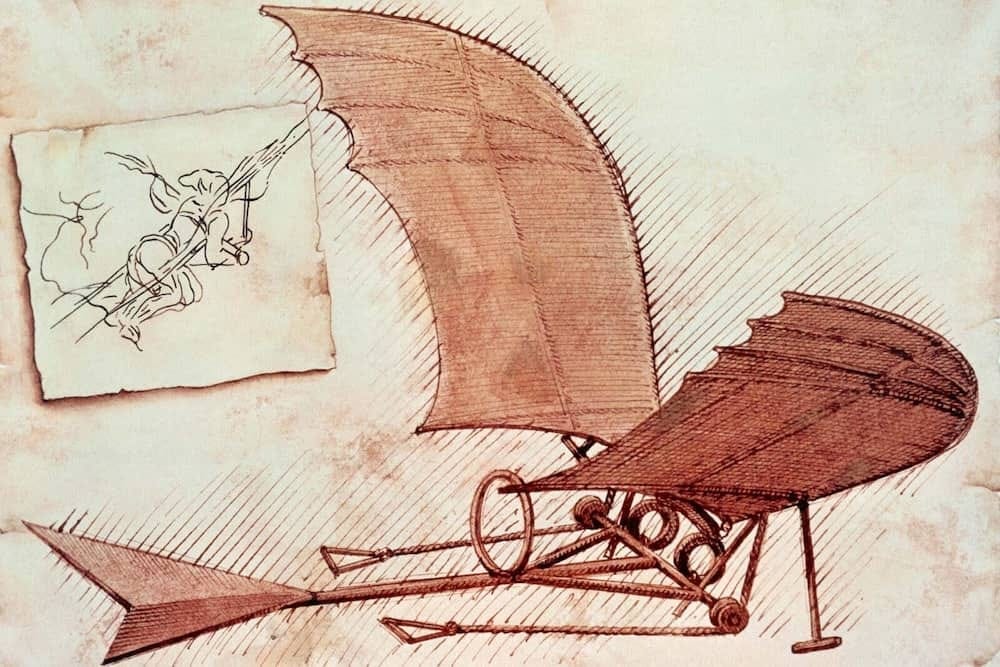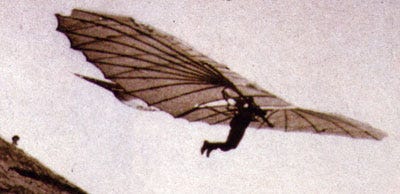The deeper I dive into AI research, the more I find myself wondering:
Why are we so obsessed with mimicking the human brain?
Everywhere I look, research papers and new AI models are trying to copy how our brains work (or at least, how our brain cells communicate). But is this really the best approach to creating artificial intelligence?
Then, I asked myself another question:
Why not create AI with a totally new kind of intelligence, unlike anything in nature?
I mean, what if AI were to think like a silicon-based creature (of those in sci-fi) instead of like us carbon-based humans?
We’ve been so focused on making AI more human-like, but who’s to say that’s the only or even the best way forward? What if we’re missing out on something far more groundbreaking by not exploring a genuinely alien intelligence, one that doesn’t just mimic human thought but thinks in a completely different way?
If you’re more of a listener than a reader, here’s a podcast episode on Spotify covering everything in this article.
Does AI "Have To" Mimic the Human Brain? by Jing Hu's
Have you ever asked questions like, "Does AI Have To Mimic the Human Brain?" Dive in to explore: - Why mimicking the…podcasters.spotify.com
As I dug deeper into this, I realized something kinda funny. Creating a brand-new form of intelligence sounds super exciting, right? But it is actually way more challenging than making an AI that mimics the intelligence we already know. Why is that?
To really answer this, I am going to walk you through a few things:
How has our existing tech actually learned from nature?
How much do we really know about our brain (or even a rat’s brain)?
What’s the deal with current efforts to build human-like AI versus alien-like AI?
In the end, we can discuss where all this might be heading.
From Mimicking Birds To Developing Airplanes
It’s the early 1900s, and everyone’s obsessed with birds. Naturally, early inventors thought, “If birds can fly, why can’t we?” So, they tried to build machines with flapping wings.
Spoiler alert: It didn’t quite work out.
Leonardo da Vinci’s Ornithopter Design (1485)
da Vinci’s sketches of the Ornithopter, a machine designed to mimic the flapping of bird wings, are some of the earliest documented attempts to design a flying machine.
Leonardo meticulously studied the anatomy of birds and bats, believing that humans could achieve flight by replicating their wing motion.

While the Ornithopter never left the drawing board, it laid the groundwork for future inventors to think about aerodynamics and mechanics.
Otto Lilienthal’s Gliding Experiments (1890s)
The early flying machines were more of a folly than a functional aircraft, proving that directly mimicking nature isn’t always the best approach.
Fast forward to the 1890s, and you meet Otto Lilienthal. Unlike his predecessors, most of them focused on flapping wings, Lilienthal shifted the focus to understanding lift and control.

ienthal crafted fixed-wing gliders inspired by the curvature of bird wings and made over 2,000 successful glides. His dedication provided crucial data on wing shape and aerodynamic principles, directly influencing the Wright brothers’ breakthrough.
Lilienthal’s experiments showed that instead of merely imitating birds, understanding the fundamental principles of flight — like lift and control — was key.
Some Inspiration from Nature, Plus A Lot Of Physics Understanding
Listen to this episode with a 7-day free trial
Subscribe to 2nd Order Thinkers to listen to this post and get 7 days of free access to the full post archives.













